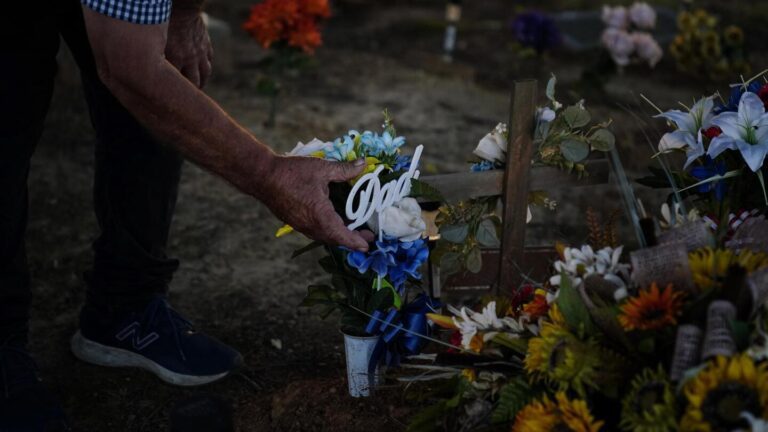Horrific shootings at schools and in public places like movie theaters, grocery stores, and shopping malls dominate the news, and most Americans believe that this seemingly indiscriminate violence poses the greatest threat when it comes to mass carnage.
However, an analysis of data by the Associated Press, USA Today and Northeastern University, shows that these types of crimes, while horrific, actually represent small part of mass killings in America.
The project includes all types of intentional homicides — from stabbings to shootings to strangulation to blunt force trauma — where four or more people, excluding the perpetrator, have died in a 24-hour period.
It includes every mass killing since 2006, but unlike the Gun Violence Archive, it does not include non-fatal shootings. The database also does not include homicides caused by drunk driving or accidental fires due to a lack of intent.
Each mass murder included in the database was independently confirmed by multiple sources, including FBI crime data, news reports, court records, interviews and other materials.
There are 59 data fields included in the survey. The names of the victims are not publicly available to protect privacy.
Major mass shootings stand out in a timeline stretching back to 2006, and the locations of mass-casualty events have become shorthand for horror in the American psyche: Sandy Hook, Las Vegas, Virginia Tech, Orlando.
The database shows that private gun violence accounts for a much larger proportion of mass murders in the US, and despite high-profile mass killings in recent years, including 2022, the frequency of such shootings has remained stable over time, the research shows.
Non-public fatal shootings far outnumber public ones in every year for which the project has data.
Evidence also shows that victims of mass murder are far more likely to be killed by a family member or acquaintance than by a stranger.
Mass shootings perpetrated by a family member or occurring during a crime, such as a drug deal or robbery, far outnumber mass shootings in the public.
Mass murders are seven times more likely to take place in a residence or other shelter than in a commercial, real estate or recreational area, and about 10 times more likely to occur in a private space than in a public open space. And despite the high-profile cases in the news, the number of mass killings in schools and places of worship is much less common. Twelve mass killings have taken place in schools and colleges since 2016 and seven in places of worship.
Despite the high-profile cases in schools, the majority of perpetrators of mass killings were between 25 and 29 when they committed the crime, the research shows.
Handguns are also more common than long guns in mass killings, according to the database.



